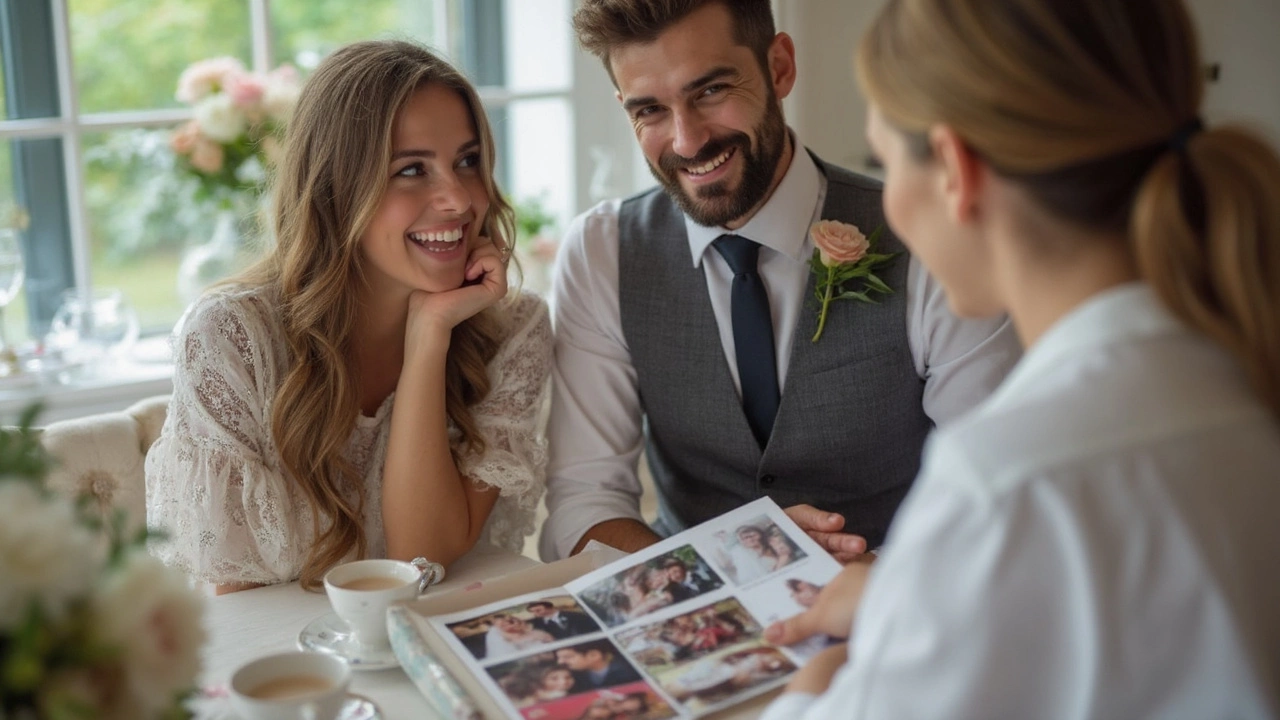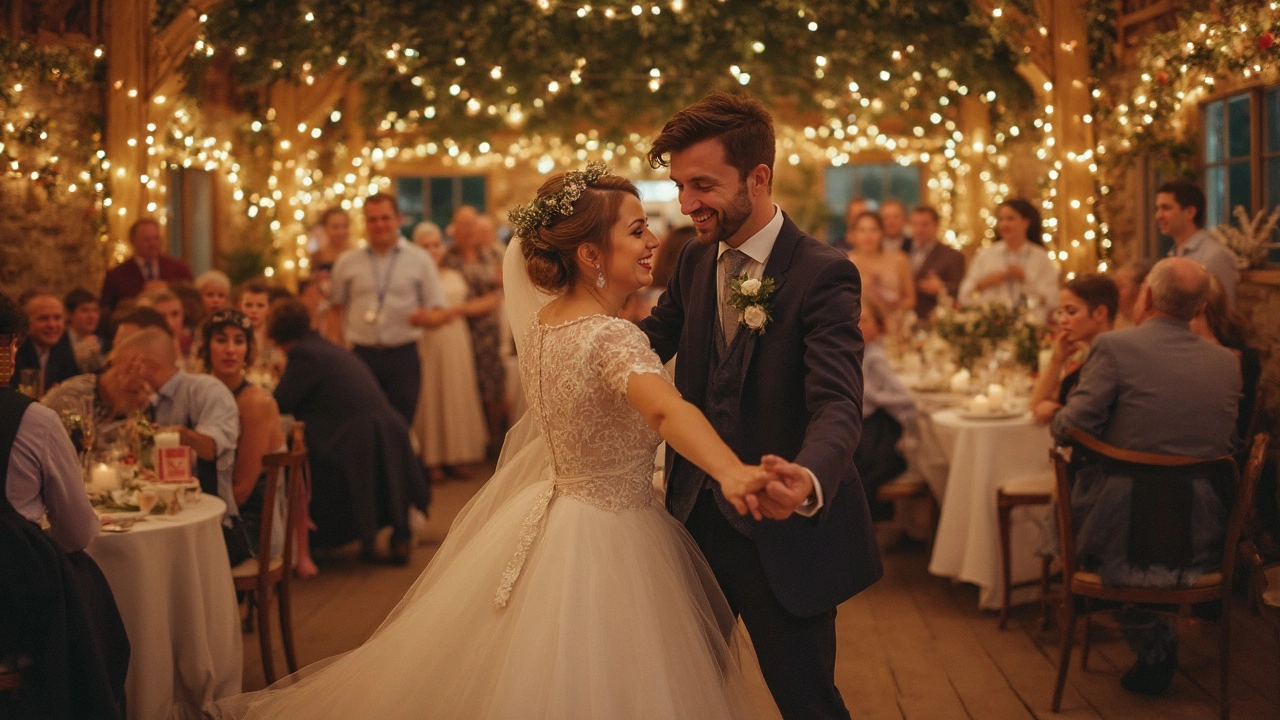Wedding Photos – Simple Tips for Perfect Pictures
Getting great wedding photos feels like a huge project, but it doesn’t have to be confusing. The key is to decide early what you actually need, then match that to the right photographer and schedule. Below you’ll find straight‑forward advice on photographer hours, whether two shooters are worth it, how many images to expect, and when to pay. Follow these steps and you’ll avoid most of the stress.
How many hours should you book?
Most couples book anywhere from six to ten hours. Six hours cover the ceremony, a quick family portrait session, and a short reception shoot. If you want photos of the getting‑ready moments, the first look, and a longer reception dance set, aim for eight to ten hours. Talk to your photographer about a timeline that fits your day. Ask them what’s included in each block – some photographers count travel time, others don’t. Knowing this helps you budget and prevents surprising extra charges.
When you set the schedule, picture the flow of your day. If the ceremony is at 2 pm, a 10 am start lets you capture hair, makeup, and the venue before guests arrive. A 4 pm finish usually captures the first dance, cake cutting, and some late‑night candids. Ask the photographer to give you a shot list so you both know when each key moment is planned.
Do you need two photographers?
Hiring a second shooter can be a smart move, especially for larger weddings or venues with multiple spaces. One photographer can’t be in two places at once, so a second set of eyes gets the bride’s preparation and the groom’s entrance simultaneously. This also means you’ll have more candid moments, because the cameras are less likely to miss a reaction.
That said, two photographers cost more. If your budget is tight, ask the main photographer if they have an assistant who can capture extra angles at a reduced rate. Many photographers offer a “second shooter add‑on” that’s cheaper than hiring a completely separate professional. Decide based on your guest count and how many important locations you have.
Another common question is how many photos you’ll actually receive. The average full‑day shoot yields 600‑800 images, but after editing you’ll probably get 300‑500 final pictures. Some photographers deliver everything, others only the best 200‑300. Make sure you know the delivery style before you sign the contract – you don’t want to end up with fewer images than you expected.
Payment timing is the last piece of the puzzle. Most photographers ask for a 25‑30 % deposit to lock the date, another half before the wedding, and the rest on the day or within a week after. Get the payment schedule in writing and ask about refunds if the photographer cancels. A clear contract protects both sides and keeps the planning stress low.
In short, plan your photographer hours around the moments you care about, decide if a second shooter adds value for your size and style, confirm how many final images you’ll receive, and lock in payment dates with a solid contract. Follow these simple steps and you’ll walk down the aisle knowing your wedding photos will capture the day just the way you imagined.

- Jun, 23 2025
- Comments 0
How to Pick a Wedding Photographer: Smart Steps for Your Big Day

- Feb, 7 2025
- Comments 0